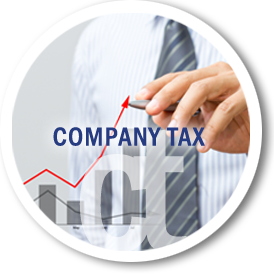Every year employers across the UK submit an end-of-year report to HM Revenue & Customs (HMRC) outlining the benefits provided to each employee and director, which were not included in their wages.
This report is sent using the P11D form, which must be submitted by 6 July following the end of the tax year. At the same time, you must also provide employees with a copy of the P11D and tell HMRC the total amount of Class 1A National Insurance you owe using form P11D(b).
This can be quite an onerous task and lead to penalties if it isn’t completed on time or correctly. You will also be charged additional penalties and interest if you’re late paying HMRC.
Do I have to complete a P11D each year?
Unbeknownst to many employers, you can now payroll benefits you provide to your employees so that you do not have to produce a P11D each year.
You can do this as long as you register with HMRC before the start of the tax year to let them know that you intend to payroll staff benefits. You can do this online here.
By choosing to payroll your benefits, the cash equivalent of the employees’ benefits is added to their taxable pay, which is charged to them through the real-time payroll process.
This system is much easier for employers as they do not have to produce P11Ds each year, but they must continue to calculate the Class 1A National Insurance contributions and complete form P11D(b) by the 6 July following the end of the tax year.
If you miss the registration deadline, you can ask HMRC to informally payroll benefits by writing to the Complex Caseworker Team at HMRC’s National Insurance Contributions and Employer Office.
If you choose to use this option, you must still complete form P11D at the end of the tax year and mark each report as ‘payrolled’.
HMRC should then stop collecting tax that has already been deducted from your employees.
The benefit of this system, beyond the need to produce detailed reports, is that employee tax will be collected in real-time, rather than being collected using an adjusted tax code in the following tax year.
This approach may be unsuitable for some businesses, so professional advice should be sought from a trusted accountant.






